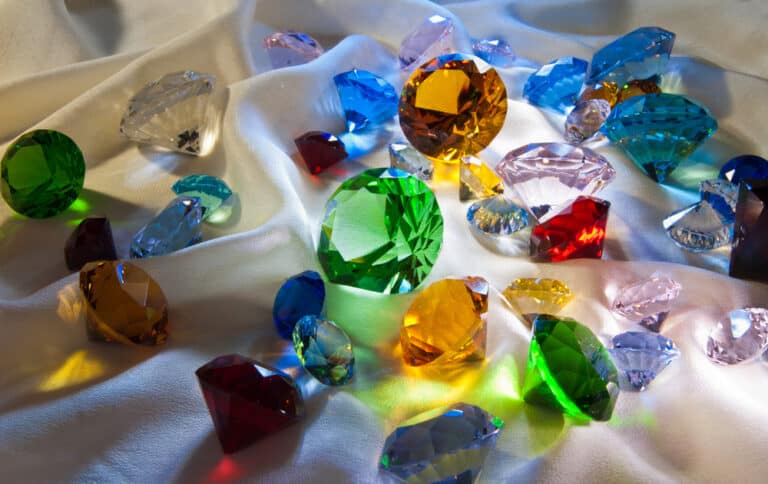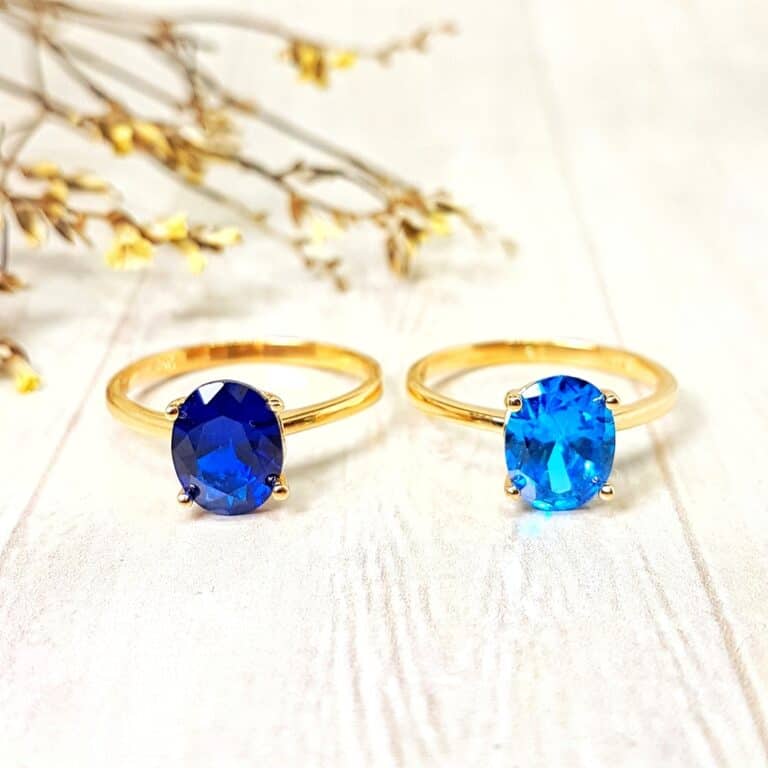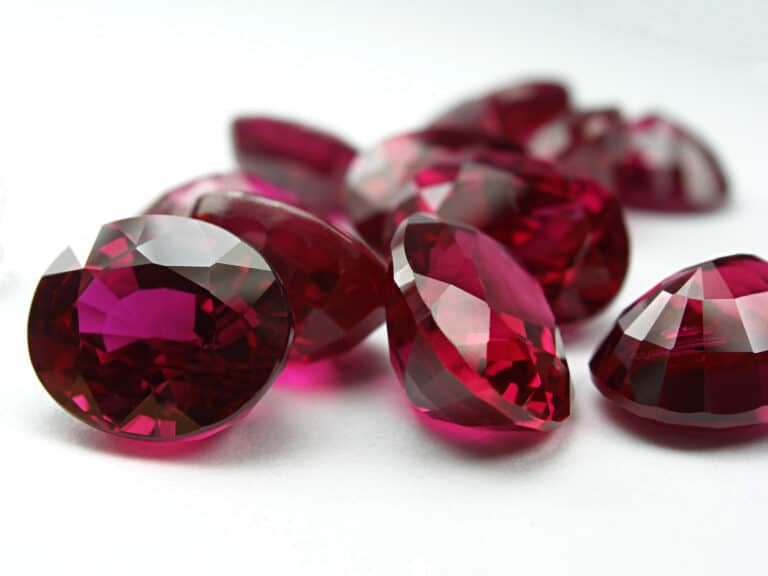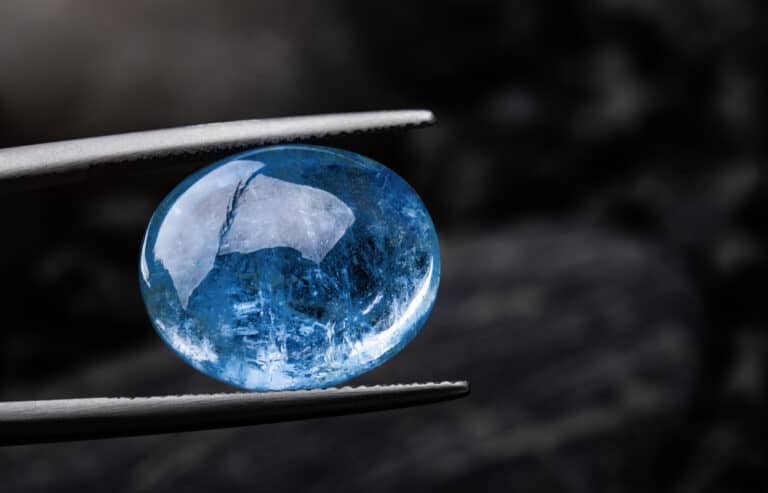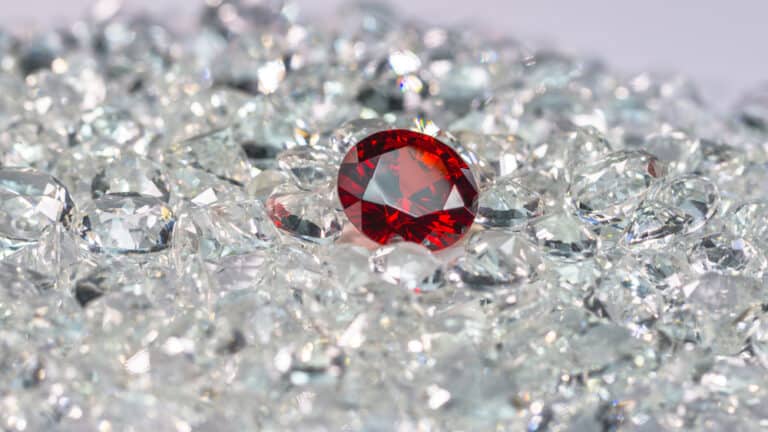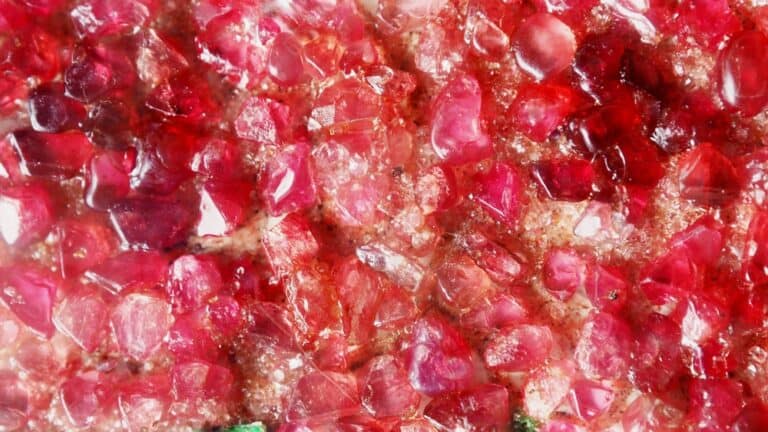There is no question that rubies are stunning stones, and their brilliantly red color is a thing of legend. Sapphires come in several different colors, with blue being one of the more popular colors, and it can be argued that they are equally as beautiful as Rubies. So, why are rubies more expensive than Sapphires?
Rubies and Sapphires are very similar; both rate 9 for hardness and their chemical composition is very similar. Rubies are more expensive than Sapphires because the blood-red color is far rarer than the colors commonly associated with Sapphires.
So, what makes a ruby so unique, and what is the difference in pricing that you can expect? Read on to find out more about these glittering stones!
What Differentiates Rubies From Sapphires?
There are more similarities between Rubies and Sapphires than there are differences. They are both made from the core element of Corundum, and both are equally hard. On the Mohs scale of mineral hardness, they measure 9, just slightly less hard than diamonds.
Both of these stones are beautiful and have a long history dating back centuries. However, some critical differences between the two stones help to differentiate them.
For starters, rubies are typically a brighter, more vibrant red color than sapphires, which tend to be a darker blue. This color difference is due to the different minerals that make up each stone; rubies contain chromium, and sapphires contain iron and titanium.
Due to the different minerals present in each stone, rubies have a higher concentration of corundum (aluminum oxide), while sapphires have less corundum and more iron oxide.
Finally, one of the most critical factors contributing to ruby’s higher value is its rarity. Rubies are found in significantly fewer locations worldwide than sapphires, making them more scarce overall. Some of the most famous rubies come from a single mine in Myanmar!
The ruby mines in Myanmar tend to produce some of the world’s most beautiful and prized rubies because the ground there is naturally high in Corundum, and Chromium, vital elements for the most beautiful colored rubies.
So, when it comes down to it, their color and rarity set rubies apart from sapphires, making rubies one of the most expensive gemstones.
How are Rubies And Sapphires Graded?
When jewelers try to estimate a fair price for a precious gemstone, they use a grading system to determine what the stone is worth. Each stone is carefully inspected and judged according to the color, clarity, cut, and carat weight.
Cut
When it comes to cutting, both rubies and sapphires can be cut into a variety of shapes and sizes. However, because rubies are typically smaller in size than sapphires, they are more challenging to cut. As a result, well-cut rubies tend to be more expensive than well-cut sapphires.
Clarity
In terms of clarity, both rubies and sapphires can range from being entirely flawless to having visible inclusions. However, since rubies are typically smaller than sapphires, any inclusions within the ruby will be more noticeable. As a result, flawless rubies tend to be more expensive than flawless sapphires.
Color
When it comes to color, rubies and sapphires can occur in a wide range of colors. However, the most prized color for rubies is red, while the most prized color for sapphires is blue. As a result, rare-colored rubies (such as “pigeon blood red”) tend to be more expensive than rare-colored sapphires.
Carat Weight
Finally, when it comes to dimensions and weight, both rubies and sapphires are measured in carats. Carat weight technically refers to the overall size of a gemstone as opposed to the actual weight. A carat is calculated as diameter (mm) x diameter (mm) x depth (mm) x 0.006.
So, obviously, a larger stone generally fetches a higher price than a smaller one. If a larger stone’s clarity, color, and cut are higher, it can command a handsome price!
What Differentiates Rubies From Sapphires?
The two most popular and well-known gemstones are rubies and sapphires. Both of these stones are beautiful and have a long history dating back centuries. However, some critical differences between the two stones help to differentiate them.
For starters, rubies are typically a brighter, more vibrant red color than sapphires, which tend to be a darker blue. This color difference is due to the different minerals that make up each stone; rubies contain chromium, and sapphires contain iron and titanium.
Finally, one of the most critical factors contributing to ruby’s higher value is its rarity. Rubies are found in significantly fewer locations worldwide than sapphires, making them more scarce overall.
So, their color and rarity set rubies apart from sapphires. These factors all contribute to making rubies one of the most sought-after gems.
One should also take into account the demand in the market for each gem. Both Sapphires and Rubies are steeped in centuries of myth and legend, making them desirable stones in their own right. However, the sentiment, perception, and demand of the current market will determine each stone’s price.
Price Differences between Rubies and Sapphires
The price of a ruby is typically higher than a sapphire because rubies are rarer than sapphires. Rubies also tend to be of higher quality than sapphires, so they fetch a higher price. Finally, rubies have a longer history of being used in jewelry and other objects, which adds to their value.
Often a ruby is treated with heat to increase its clarity and produce a more desirable color. This is a common practice used with other precious gems, too. Treating a ruby will, however, reduce the value of the stone.
A natural ruby with high clarity and color is extremely rare, which adds to the price tag!
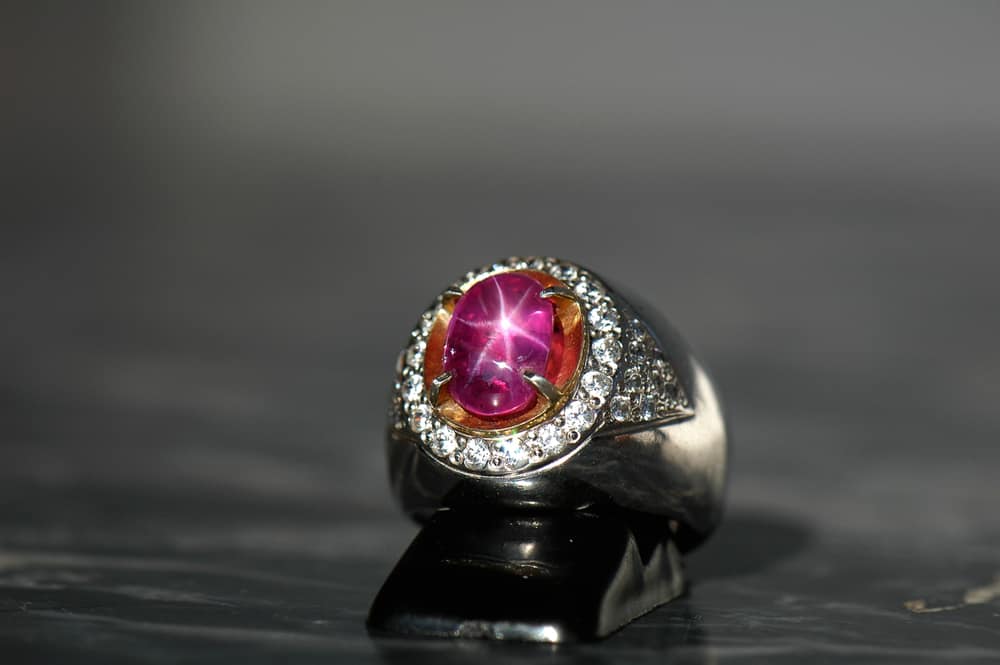
Conclusion
Rubies and sapphires are two of the most popular gemstones on the market. They represent beauty and luxury, but why are rubies more expensive than sapphires? In reality, there is no one reason why rubies cost more than sapphires. In fact, it all depends on a variety of factors—from supply and demand to clarity and color intensity.
In the end, the rarity of a quality ruby rating high in clarity, cut, and color will fetch a higher market price than Sapphires.

